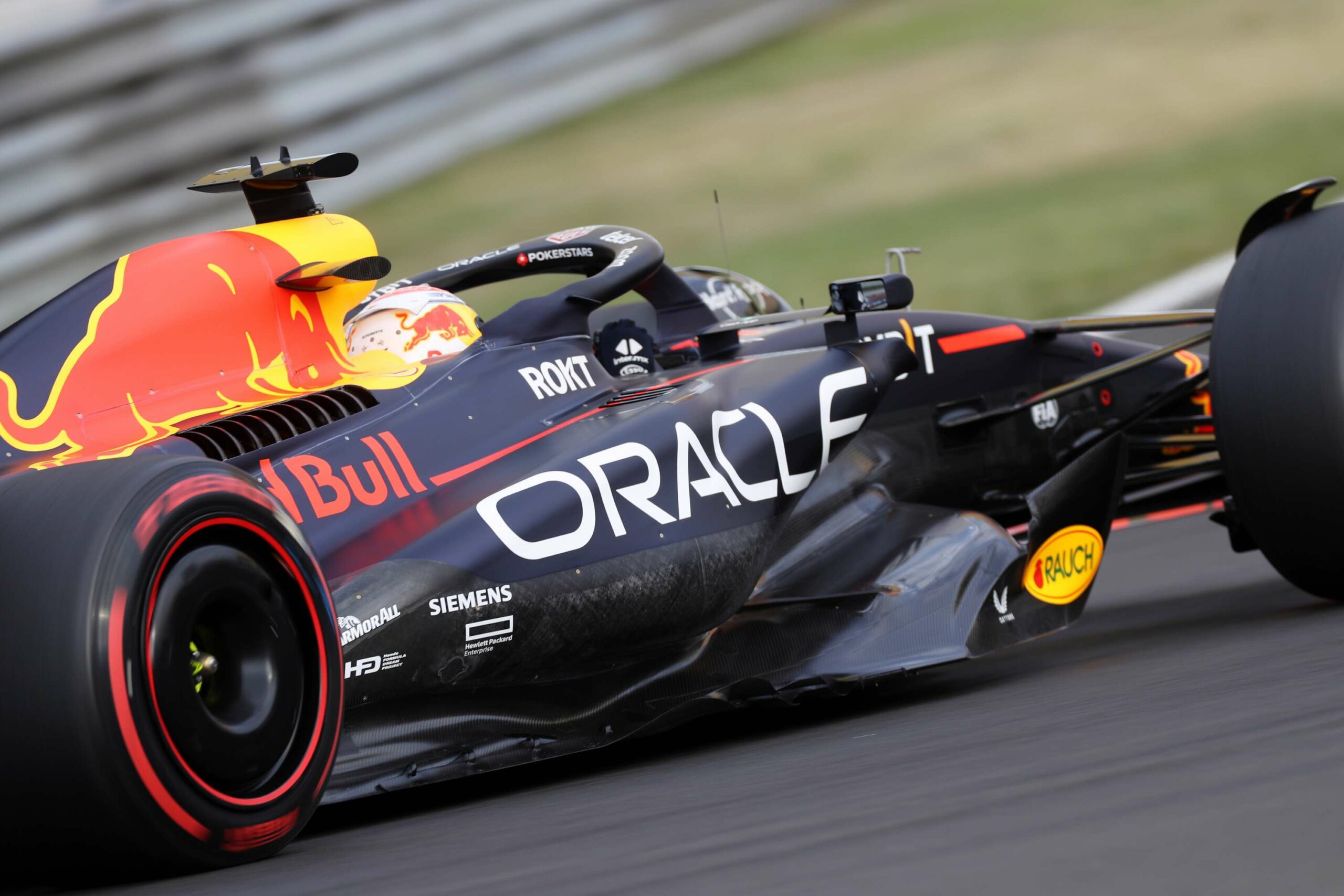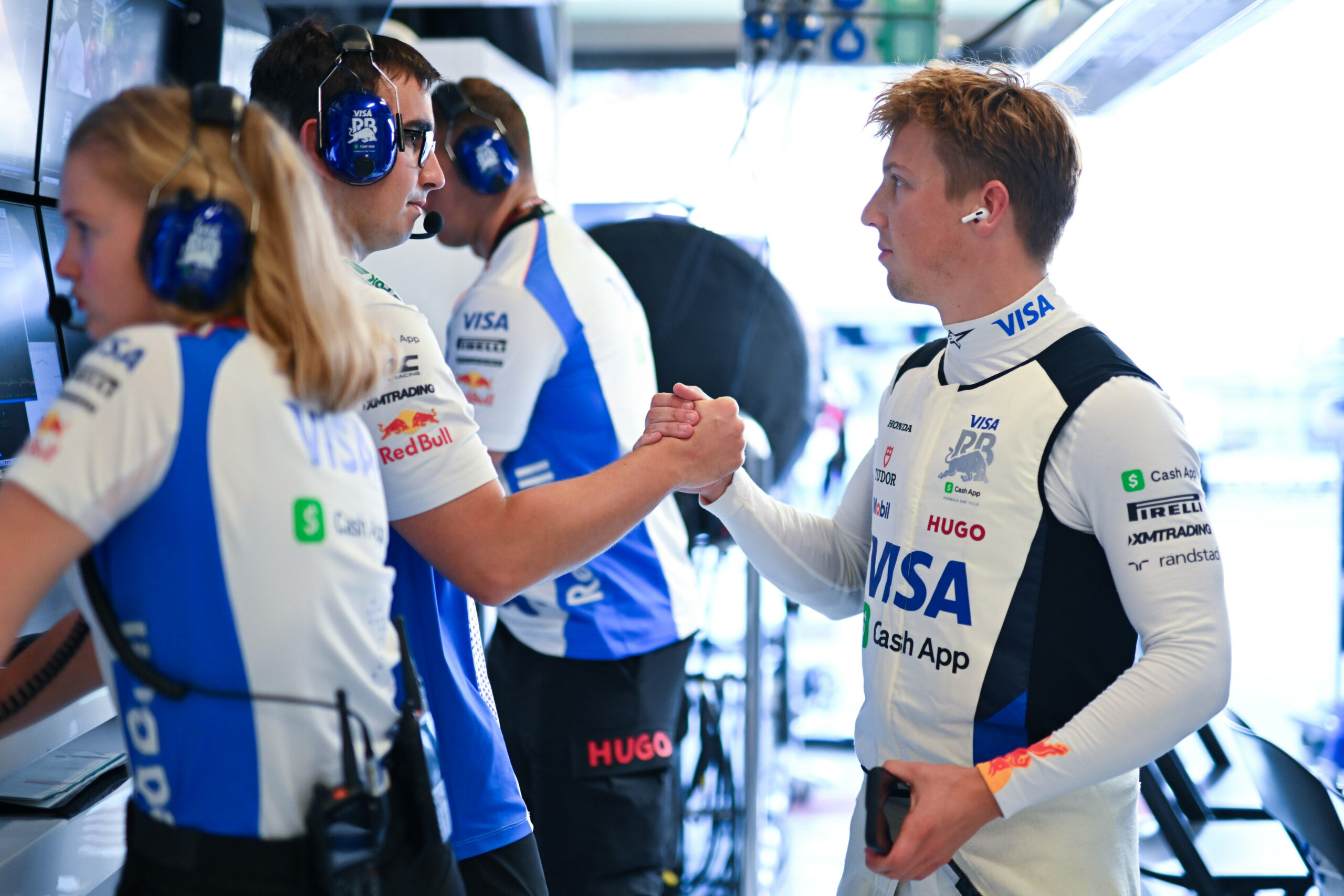Despite the great start to the championship, Red Bull does not seem to want to slow down the pace of work. On the contrary, the team’s goal seems to be to win all the GPs until the end of the year.
A new package of novelties on the RB19 made its debut in Hungary on Friday, with extreme solutions, such as the sidepods.
It could not be a better start to 2023 for Red Bull, winning all 10 races so far. In fact, after a 2022 campaign when both world titles were won easily, they’re showing how relentless they want to be by bringing updates to the RB19 in Hungary.
A first part of the championship that certifies the great extraordinary work of Adrian Newey’s staff, capable of creating an “all-round” car, perfect everywhere (also by virtue of the handicap of limiting the hours in the wind tunnel). A start that, at least so far, has shown the world a perfect team: from technicians to race and strategy management, passing through the drivers.
Yet, despite everything, the energy team doesn’t seem to be taking anything for granted or inclined to slow down the pace of work, perhaps ending the development of the RB19. On the contrary, they’re eager to enter F1 history, winning all the GPs in a single season. It’s been a goal, however, always denied by Christian Horner and Helmut Marko.
Nonetheless it’s an objective that can no longer be hidden, considering the extraordinary performance of the RB19. In Hungary a new aerodynamic package has made its appearance on the RB19, with extreme solutions, such as the sidepods.
In fact, Pierre Wachè’s technicians worked hard to slim the radiator vents (reducing their height) with the desire to reduce the drag and increase the downforce, increasing the undercut and, consequently, the air flow directed towards the rear. It’s work that involved the area of the “tray” in the lower part of the sidepods which has been raised.

Photo credit: Red Bull Content Pool
Work which, in addition to the performance benefits, also had an impact on the cooling of the Honda PU since, inevitably, the inlet air flow rate was reduced. This element certifies the great reliability of the Japanese engine, as well as its ability to require a small amount of air for optimal operation, working well even at high temperatures.




